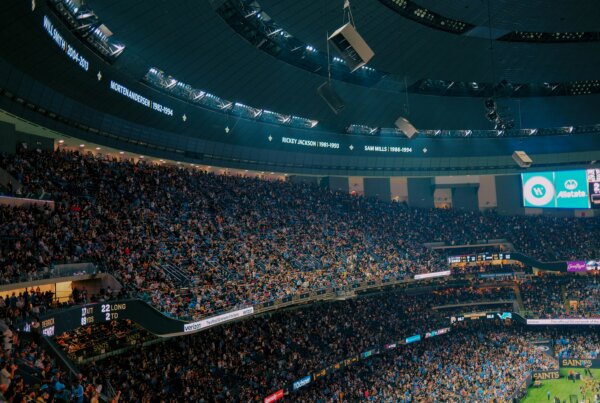The FREE consortium creates a more efficient material cycle for flexible polyurethane foam, maximizing recycling efficiency by combining mechanical and chemical processes.
Recycling polyurethane is no easy feat, but the industry continues to innovate to make recycling processes more efficient and effective. One way in which this has been done is by combining mechanical and chemical recycling. These two recycling forms can complement each other to allow for more efficient polyurethane recycling.
For example, the consortium project Foam Recycling Ecosystem Evolution (FREE), coordinated by Covestro and funded by the French EPR schemer EcoMaison creates a more efficient material cycle for flexible polyurethane foam, specifically from used mattresses.
In collaboration with the French dismantler Secondly, as well as Federal Eco Foam, a Belgian specialist in the mechanical recycling of flexible foams, Covestro is using its chemical recycling technology to recover both polyols and TDA, the precursor to the isocyanate TDI, from the foam.
The project aims to maximize recycling efficiency by combining mechanical and chemical processes, with careful sorting of foam types at mattress dismantling plants. In this regard, the FREE project is expected to provide valuable insights into the future of the foam recycling market, showing how mechanical and chemical recycling can be used complementary to one another.
You can read more about the FREE project here.




